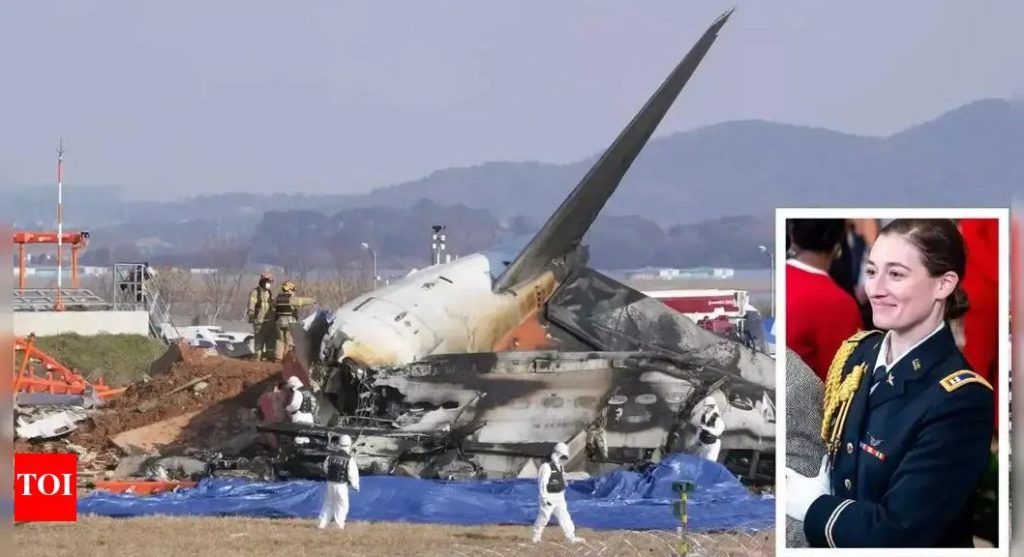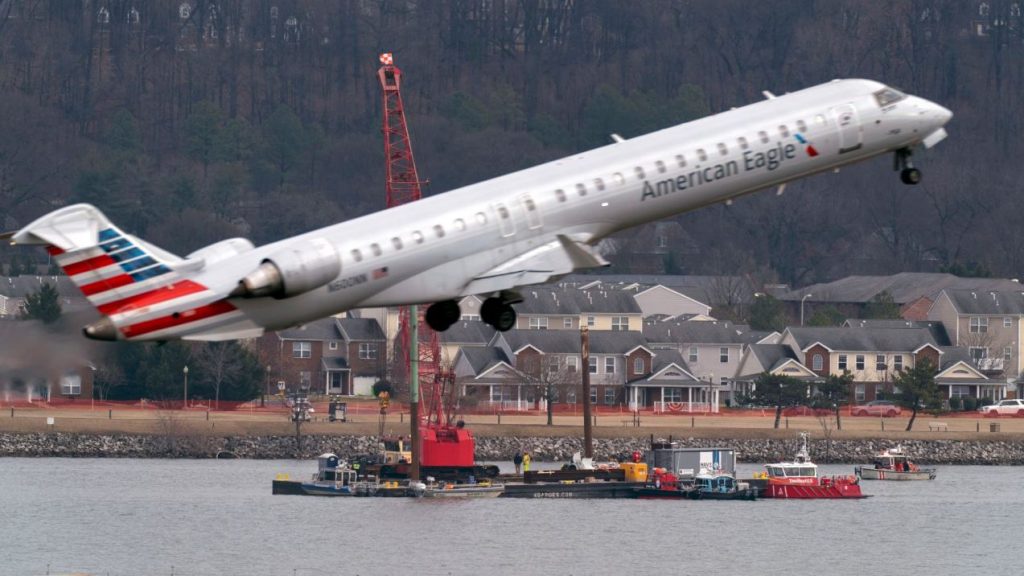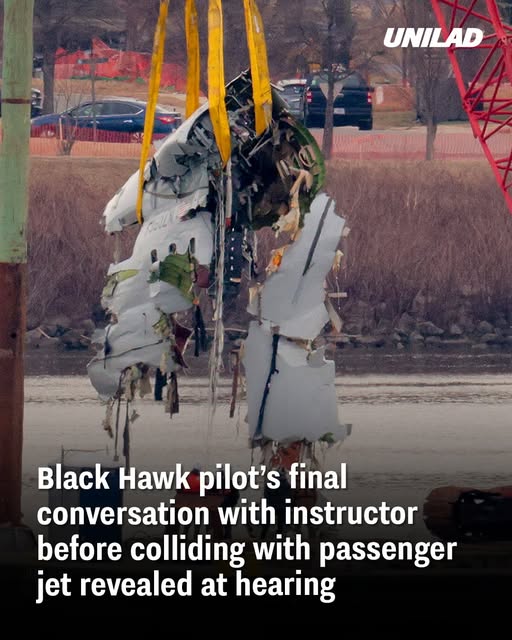A shocking incident occurred near Rio Grande City, Texas, when a UH-60 Black Hawk helicopter operated by the U.S. Customs and Border Protection (CBP) tragically crashed, killing two and seriously injuring another. The crash, which took place close to the U.S.-Mexico border, has reignited concerns about aircraft safety and operational procedures within government agencies.
Details of the Crash
The helicopter, carrying three people onboard, went down on Friday during a routine mission. Among those who died were a CBP agent and a U.S. Border Patrol officer. The third crew member survived but sustained critical injuries and was quickly transported to a nearby hospital for emergency treatment. Authorities have not yet publicly released the names of the victims, citing the need to notify their families. According to reports, the aircraft was part of CBP’s Air and Marine Operations (AMO), a division tasked with aerial and maritime surveillance in support of border security. The Black Hawk helicopter involved is widely used for a range of military and law enforcement purposes due to its durability and versatility. However, this tragedy has cast a spotlight on the risks involved in such operations, especially in difficult and often unpredictable terrain.

Ongoing Investigation Underway
The National Transportation Safety Board (NTSB) and the Federal Aviation Administration (FAA) have launched a joint investigation into the incident. Preliminary assessments are focused on the mechanical condition of the helicopter, weather conditions at the time, and potential human error. The crash site has been cordoned off while forensic experts collect evidence and data from the wreckage. Officials say it may take weeks or even months to determine the precise cause of the crash, as Black Hawk helicopters are known for their strong safety records. However, given the nature of their missions, the aircraft and crew are frequently subjected to high-stress environments and rigorous flight demands.
Public and Political Reaction
The incident has prompted reactions from both federal and state officials. Texas Governor Greg Abbott expressed his condolences and praised the dedication of the personnel who risk their lives daily to protect the country’s borders. Lawmakers have also called for increased funding to ensure safer equipment and improved training for CBP air crews.
Border security has long been a contentious political issue, and this tragedy has further fueled debate on how best to protect agents while maintaining national safety.
Coinciding Concerns at American Airlines Hearing
Interestingly, the helicopter crash occurred on the same day as a high-profile hearing involving American Airlines and concerns over pilot fatigue and maintenance oversight. During the hearing, aviation experts warned that lapses in safety culture—whether in military or commercial aviation—can lead to fatal consequences. The timing of the two events has added urgency to calls for broader aviation safety reforms across all sectors.

Conclusion
The tragic loss of life in the Black Hawk helicopter crash is a somber reminder of the daily risks faced by those who serve in law enforcement and border protection. While investigations continue, the incident has already sparked a wider conversation about safety protocols, funding, and operational practices not only within CBP but across the aviation industry as a whole. The hope remains that lessons learned from this tragedy will help prevent future incidents and honor the sacrifice of those lost.

















